
Access Control EM 125Khz Proximity RFID Printable ID Card


125khz EM4100 + 13.56 MHz M1 Hybrid RFID ISO Card With Both Frequency





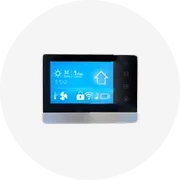
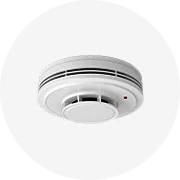
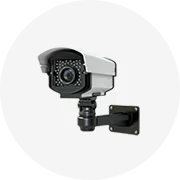
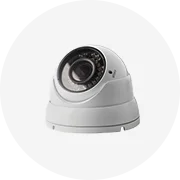
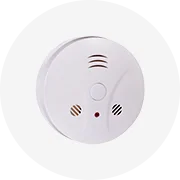
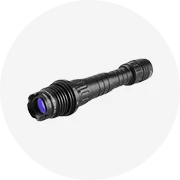
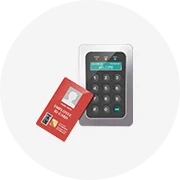
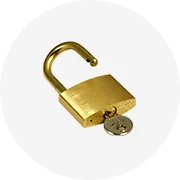
Radio-frequency identification (RFID) technology has revolutionized data tracking and security systems worldwide. Among the various frequencies used, 125kHz RFID tags stand out for their low frequency and are widely utilized in access control systems. These tags operate on a lower frequency, making them ideal for short-range applications where high-speed reading is not a priority.
The versatility of 125kHz tag technology is evident in its various forms, such as cards, stickers, and key fobs. These tags are embedded with chips like the TK4100 or EM4305 RFID, which determine their memory capacity and functionality. Common applications include time attendance systems, identity verification, and pet tracking, where the 125kHz RFID chip provides a reliable identification method.
125kHz RFID tags are known for their robust features. They are typically designed to be portable and dustproof, ensuring durability and longevity in various environments. The EM4100 writable tags allow for data to be written to the chip, offering flexibility for different use cases. Additionally, the 125kHz RFID sticker format provides a convenient way to add RFID capability to objects without the need for embedded electronics.
The construction materials of 125kHz RFID tag stickers and cards range from PVC to PET, chosen for their resilience and ability to protect the embedded chip. Durability is a key consideration, as these tags often face daily wear and tear, especially in access control scenarios. The T5577 sticker is a testament to this, offering a sturdy and reliable option for users.
The primary advantage of using 125kHz RFID systems lies in their simplicity and cost-effectiveness. They are less susceptible to interference from metals and liquids compared to higher frequency systems, making them suitable for a variety of environments. Moreover, the integration with devices like the 125kHz RFID reader writer Arduino allows for DIY projects and custom applications, further expanding their utility.
Integration with existing systems is seamless, as many access control systems are designed to work with 125kHz tags. For tech enthusiasts and developers, the 125kHz RFID module can be used with platforms like Arduino to create custom solutions. Additionally, the advent of NFC 125kHz Android compatibility has opened up new possibilities for using these tags with smartphones, enhancing user convenience.